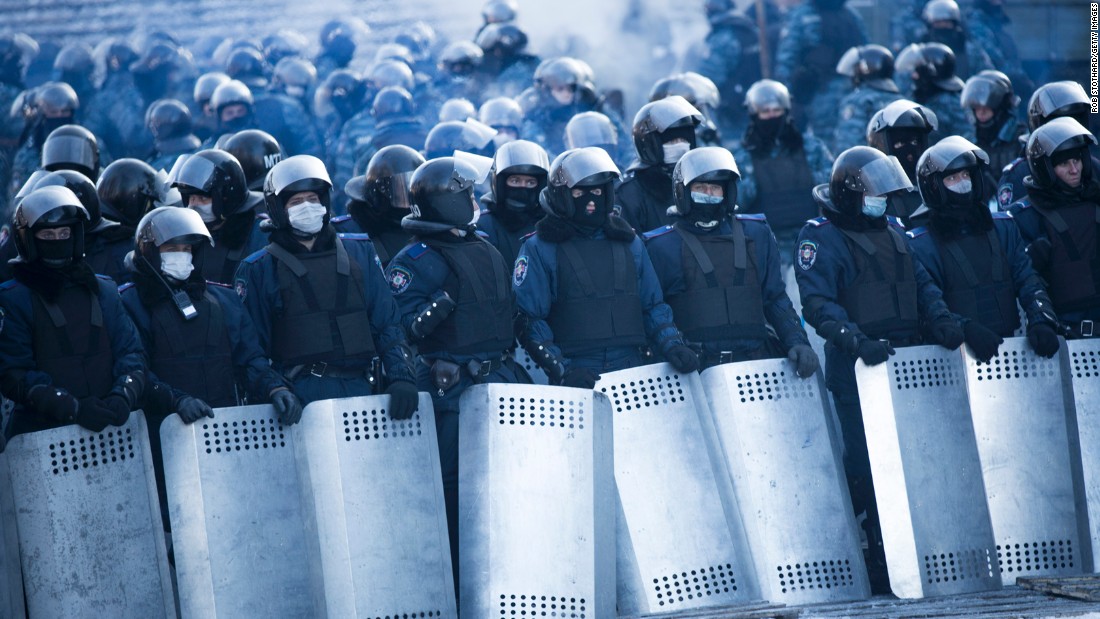

Education is under attack around the globe, and armed violence against students, teachers, and education facilities is on the rise. That is, if they return to class at all – children in conflict- and crisis-affected areas are twice as likely to be out of school as those in other places. Repairing schools will require significant time and resources, and many students and teachers will experience stress and trauma that make learning and teaching difficult. Yet, the war’s longer-term impact on the quality of and access to education remain worrisome.

This has reduced gaps in instruction and, perhaps more critically, maintained a sense of normalcy. Beyond teaching, schools and universities can provide a safe space, give students routine, and connect them to life-saving resources such as meals and mental health services.įortunately, 3.7 million Ukrainian children have been able to access online and distance learning since February despite school closures. In just one example, a Russian airstrike reportedly hit a school on May 8 in Luhansk, on the front lines in eastern Ukraine, injuring or killing dozens of civilians who had sheltered there.Įducation is fundamental for students during war. Both sides have used schools as military bases or for storing weapons. Russian forces have shelled and bombed numerous schools. Over 1,800 schools and universities have been damaged or destroyed since Russia’s invasion on February 24, according to Ukraine’s Education Ministry. NEW YORK, (IPS)- Conflict has taken a horrific toll on civilians in Ukraine over the past three months with many families struggling to meet even their most basic needs, including education.


 0 kommentar(er)
0 kommentar(er)
